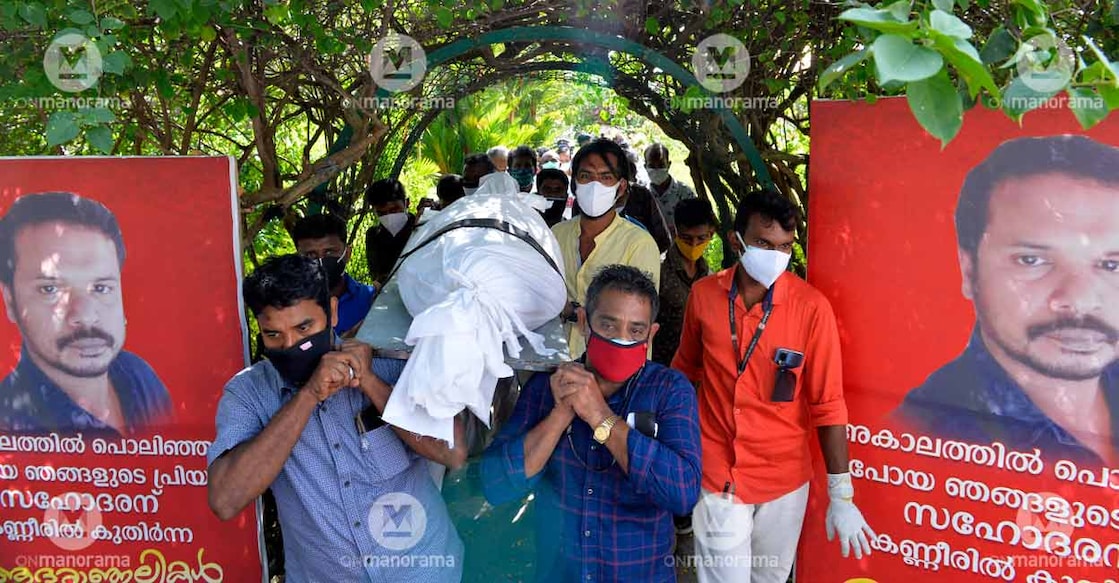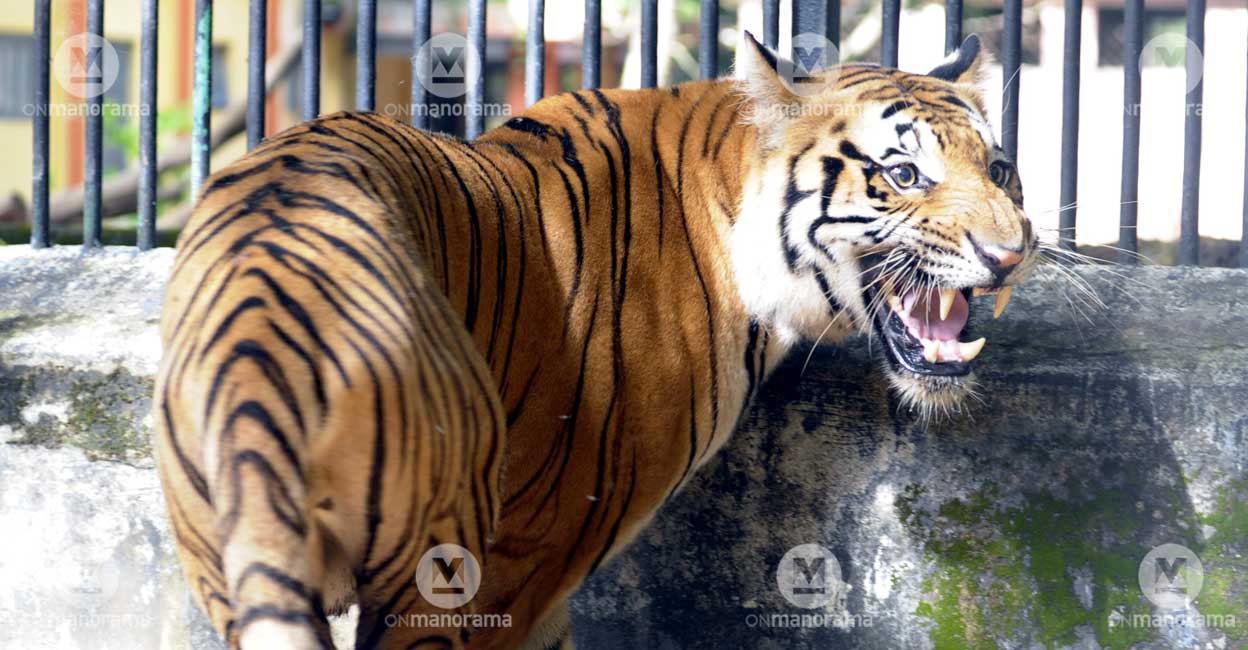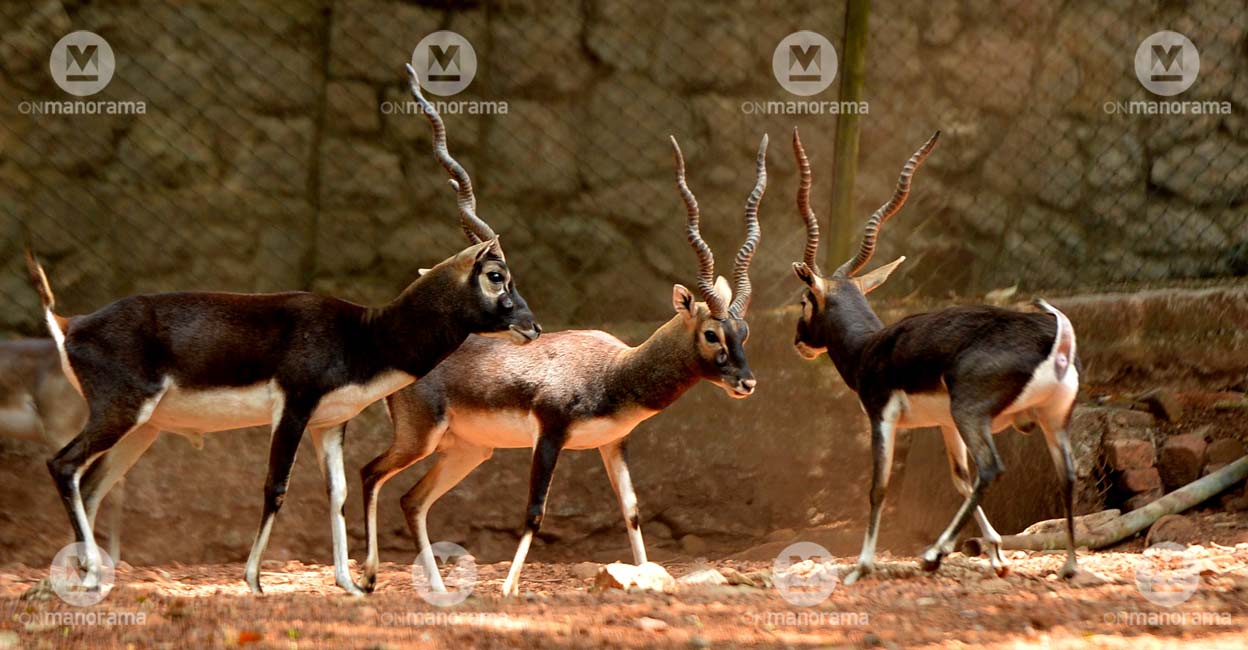Zoo cries for safety audit, disaster action plan after keeper’s snakebite death

Mail This Article
When the now-famous Canadian author, Yann Martel, was a little-known backpacker in 1996, he used to take daily trips from his stay in Ponmudi to the Thiruvananthapuram zoo, a distance of 60 km, as part of his routine research. Many didn’t realise that the research would materialise as popular fiction-turned-film ‘Life of Pi.’ From Martel to scores of unknown men and women, the Thiruvananthapuram zoo has remained a place that evokes curiosity, inspiration, and awe.
One of the oldest zoos in the country, spread over 36 acres in the heart of the city, the Thiruvananthapuram zoo has, at once, been a symbol of pride for all and a point of concern. The bandstand, the lake, the ancient buildings, and the huge trees on the campus, have all been immortalised in innumerable Malayalam films. But the recent death of a zoo-keeper in a king cobra bite has put a blot on the much-hyped image of the zoo as the best-kept one in the country.
The zoo largely bases its operations on a master plan prepared by former Zoo Director B. Joseph. It secured the approval of the Central Zoo Authority in 2015. The proposal for a disaster management and response study put forth by K.G. Thara, the former chief of the State Disaster Management Centre, in 2009, got stuck in bureaucratic hurdles.
Systemic failure
Sources said there was systemic failure in the death of the zoo-keeper, A. Harshad, on July 1. “As per norms, two keepers should be present while handling animals. They should carry walkie-talkies, whistles etc to alert the others in case of emergency. Enough protective gear and tools must be used while handling reptiles,” said a source.
Incidentally, nobody was around when the king cobra bit Harshad. He had collapsed after desperately banging the rails of the enclosure to alert the others. This drew the attention of Shyju, another zoo-keeper, who rushed to the spot.

Harshad’s confidence that nothing would go wrong also should be blamed, going by reports. Zoo officials remember an incident that occurred shortly after anacondas were brought to the zoo in 2014. “While Harshad tried to feed a chicken to the anaconda, it bit his hand and started winding around the other. Without losing his presence of mind, Harshad kept a watch on the other anaconda which could attack from the rear. He slowly stepped out of the enclosure and slowly disengaged the reptile. He had not dropped the chicken in his hand. That confidence could have prompted him to overlook safety norms and protective gear,” sources said.

The plan
A few years ago, when a series of harthals disrupted the flow of fodder and food for captive animals, the then zoo director B. Joseph had invited Dr. Thara to visit the zoo and study the situation. “When I visited, I realised that there were a lot of disaster management issues that needed to be addressed. Though the zoo was situated in the middle of Thiruvananthapuram city, there wasn’t any disaster management plan. After a couple of visits, I submitted a proposal to conduct a study to devise a disaster management plan for the zoo. Unfortunately, it didn't get the state government’s approval,” she said.
As per the master plan, 15 to 20 vials of polyvalent antivenin should be kept at the zoo hospital to manage emergencies like snakebites. However, this plan often remains ignored. “Even the zoo staff are not given periodic first aid training. At least, it would help in providing support in the golden hour,” sources said.

The master plan was prepared at a time when Kerala was not considered a cyclone-prone area. So, it mentioned natural calamities in a single line, which goes thus: “as Thiruvananthapuram is not situated in a cyclone-prone region, floods, cyclones or droughts do not pose any major threat. The sloping terrain of the Thiruvananthapuram Zoo does not facilitate waterlogging even in the worst of monsoon season.” This points to the immediate need for a scientific disaster management plan.
“When I used to take sessions about cyclones, I have seen scepticism even from the part of people’s representatives. The myth that Kerala is not a cyclone-prone area was busted by Cyclone Ockhi,” she said.
Zoo Director S. Abu was not available for comment.


